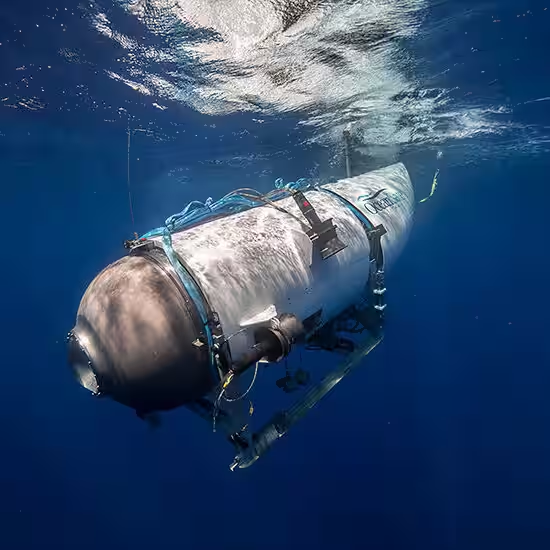The dream of exploring the Titanic’s haunting depths turned into a nightmare, and now, a new federal report reveals the terrifying truth: the Titan submersible implosion that killed all five on board was likely preventable.
Inside the NTSB’s Scathing Findings
After a meticulous two-year investigation, the National Transportation Safety Board (NTSB) has concluded that a lethal cocktail of experimental design, undetected structural damage, and fundamental construction flaws led to the catastrophic failure of the OceanGate vessel in June 2023 .
The report, released this week, pulls no punches, directly attributing the disaster to OceanGate’s approach to engineering and safety. Investigators found that the company’s relentless pursuit of innovation came at the expense of rigorous, proven safety protocols.
What Went Wrong: A Timeline of Failure
The NTSB’s analysis points to a series of critical errors that sealed the fate of the Titan and its crew:
- Experimental Carbon Fiber Hull: The submersible’s primary pressure hull was constructed from a carbon fiber composite, a material not traditionally used for deep-sea vessels of this kind. The NTSB found this design choice to be inherently risky and inadequately tested for the extreme pressures of the deep ocean .
- Undetected Damage: Evidence suggests the hull had sustained damage on previous dives that went unnoticed or was not properly assessed. This pre-existing weakness would have been a critical factor in its sudden and violent collapse .
- Lack of Independent Oversight: OceanGate had famously opted out of standard third-party certification processes, choosing instead to rely on its own internal testing. The NTSB report heavily criticizes this decision, stating it created a dangerous blind spot in the vessel’s safety validation.
The Final Moments: An Implosion, Not an Explosion
It’s a crucial distinction. An implosion occurs when the immense external water pressure—over 5,500 pounds per square inch at the Titanic’s depth—overwhelms a vessel’s structure, causing it to collapse inward in a fraction of a second. The NTSB confirmed that acoustic data from the dive site captured the signature of this catastrophic event, leaving no chance of survival for the five explorers on board .
Key Players Lost in the Tragedy
The Titan was carrying a high-profile crew on its final mission:
| Name | Role |
|---|---|
| Stockton Rush | CEO of OceanGate Expeditions |
| Hamish Harding | British billionaire explorer |
| Shahzada Dawood & Suleman Dawood | Pakistani-British father and son |
| Paul-Henri Nargeolet | Renowned French Titanic expert |
A Warning for the Future of Deep-Sea Tourism
The Titan disaster has sent shockwaves through the nascent industry of private deep-sea exploration. The NTSB’s findings serve as a stark warning: cutting corners on safety for the sake of speed or cost in such an unforgiving environment is a recipe for tragedy. Regulators and industry leaders are now under immense pressure to establish clear, mandatory safety standards before another such venture is attempted.




